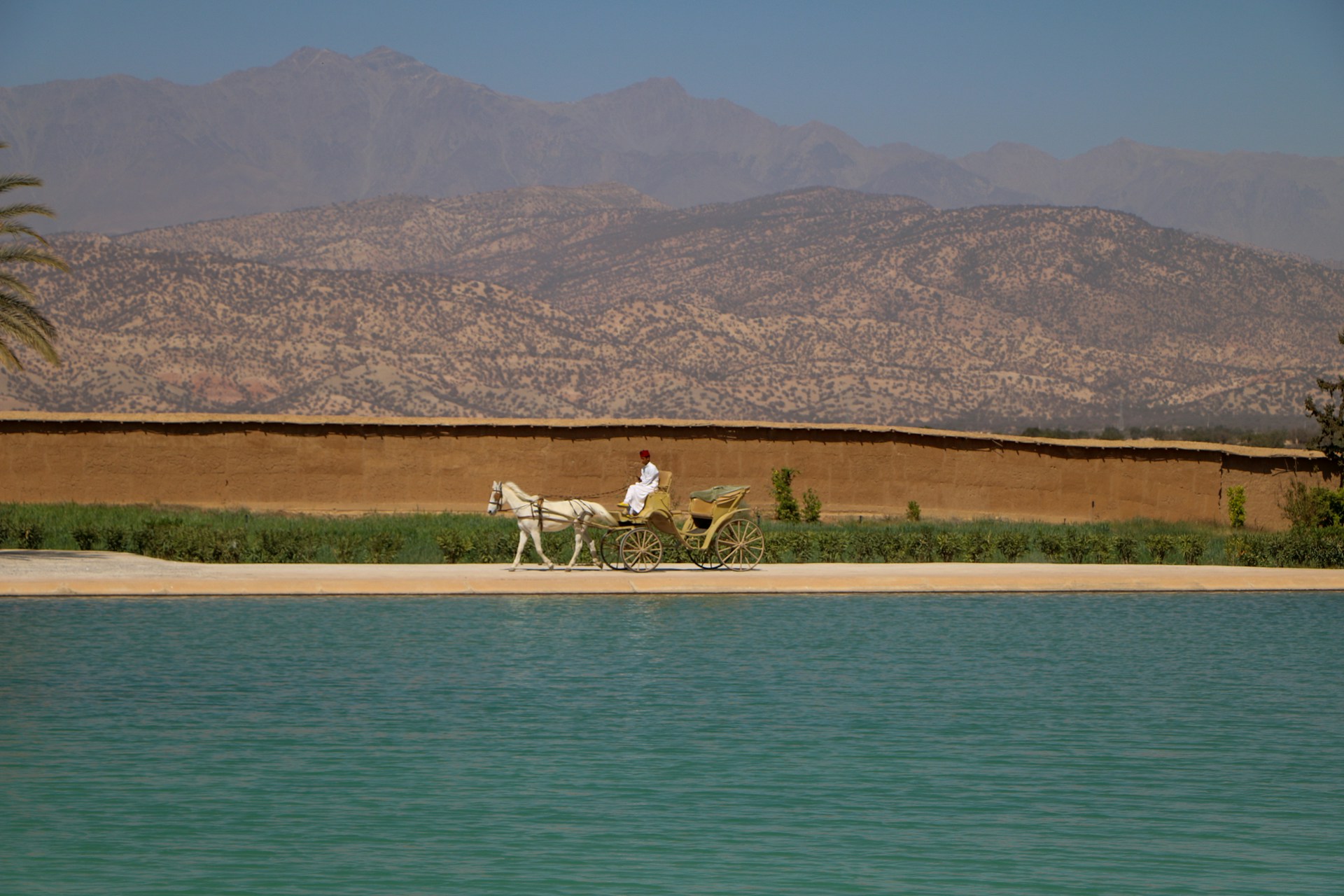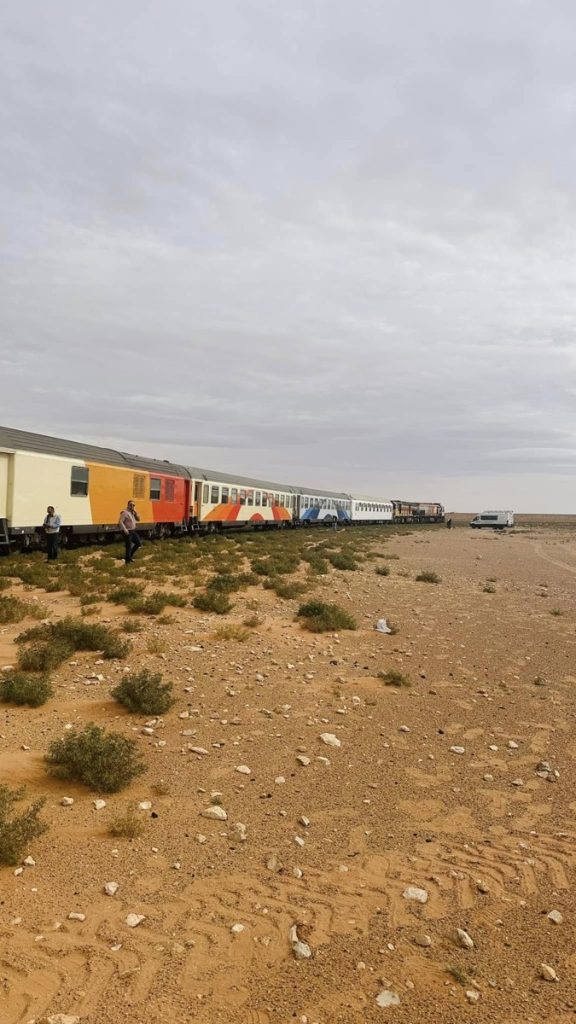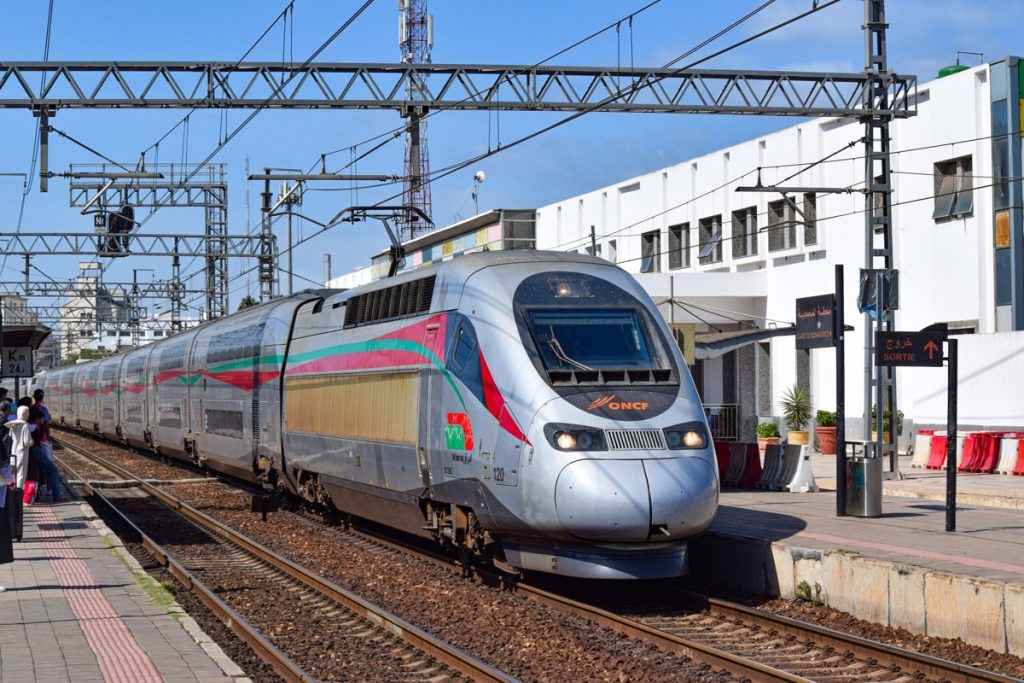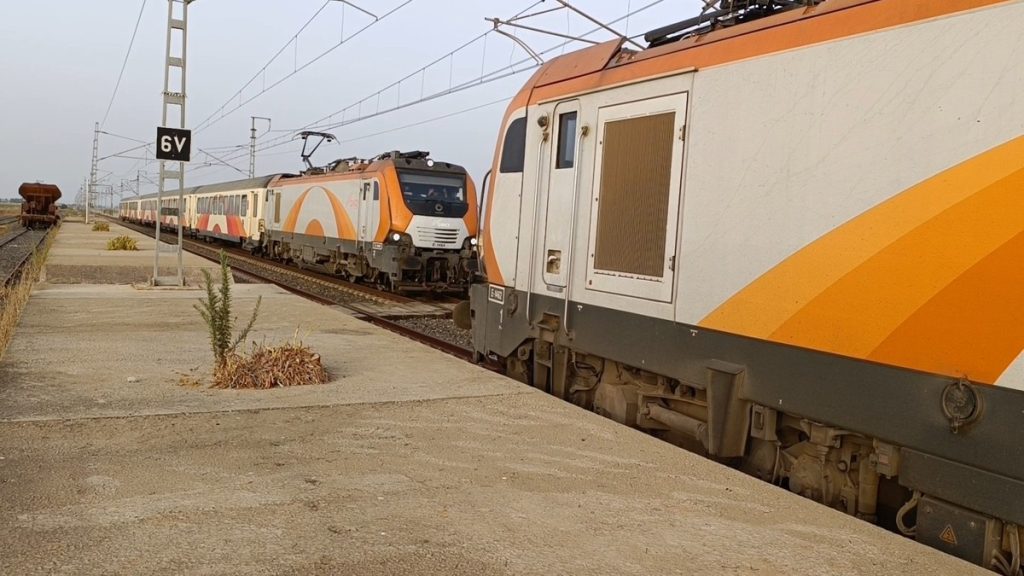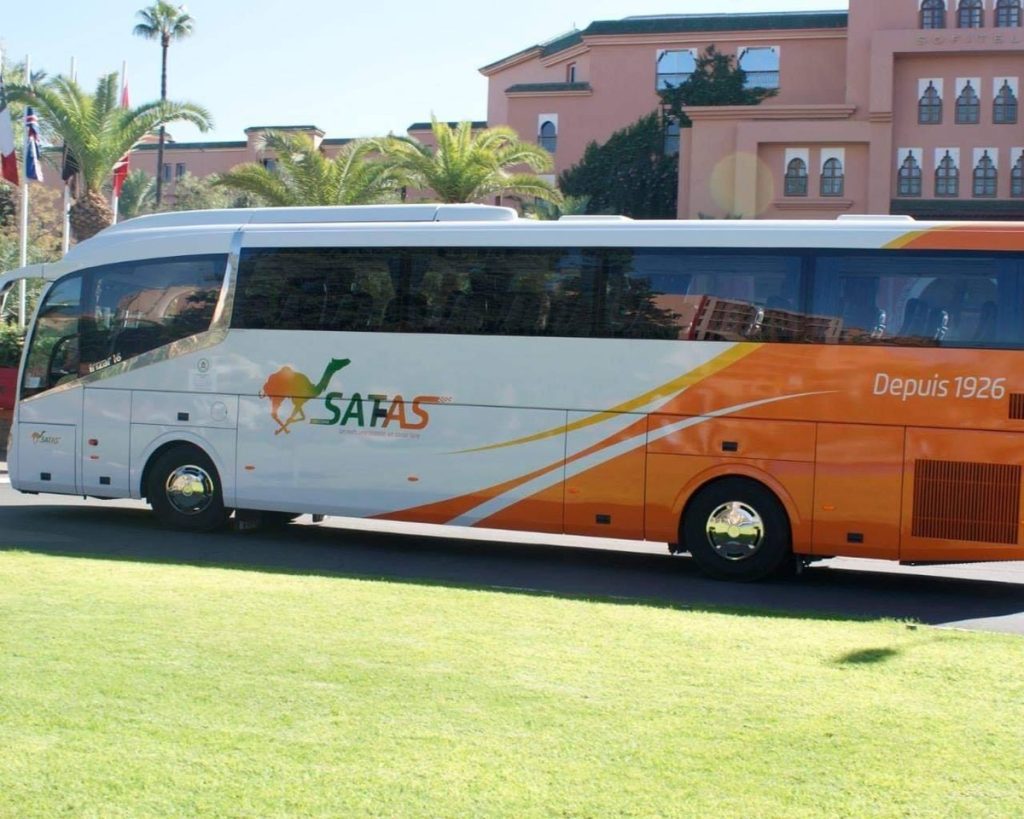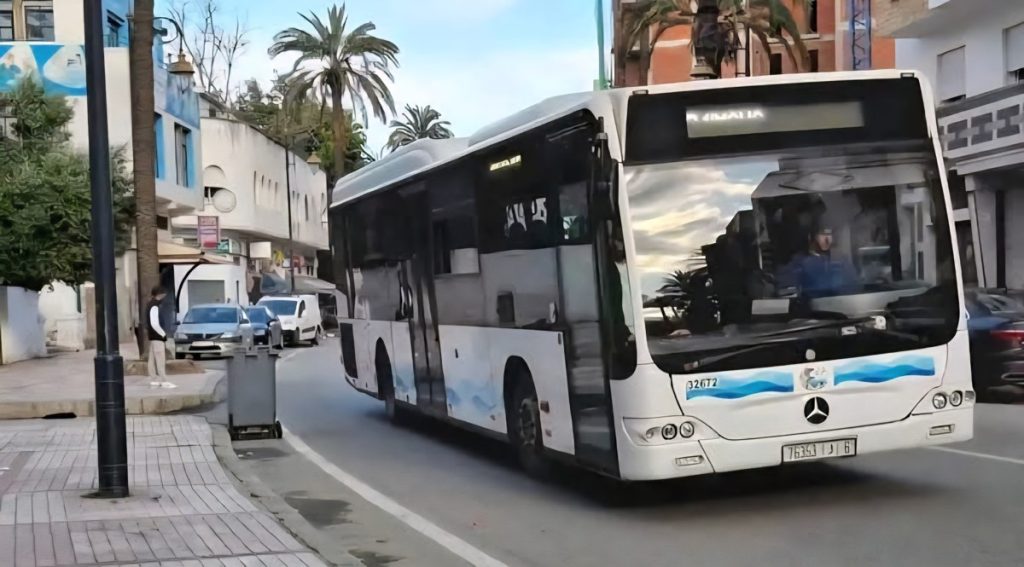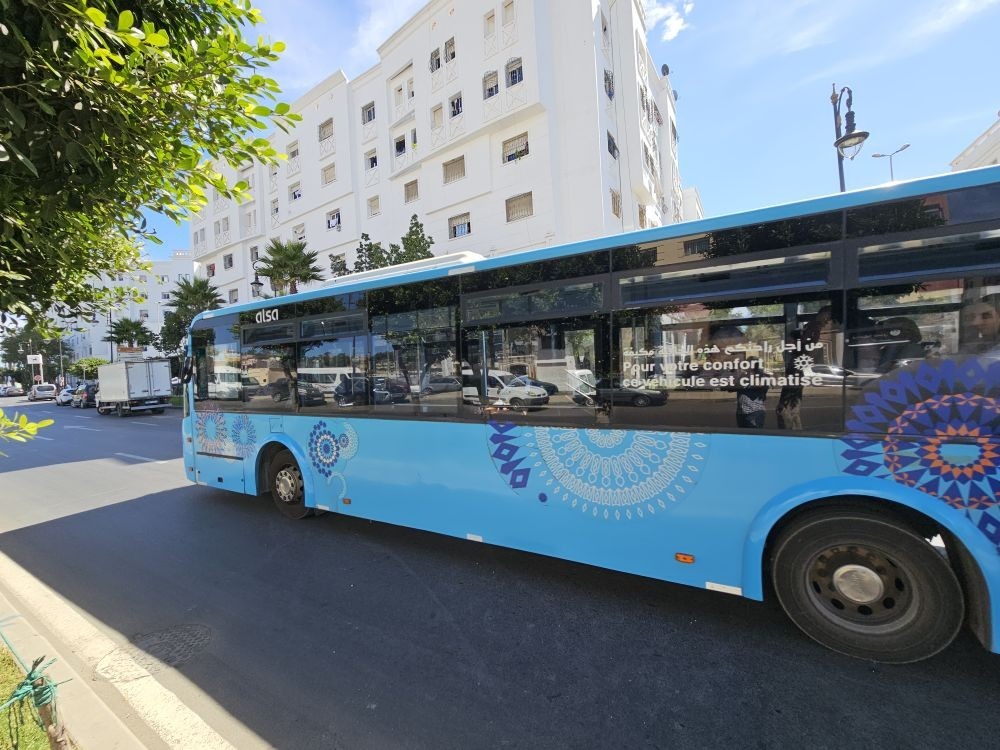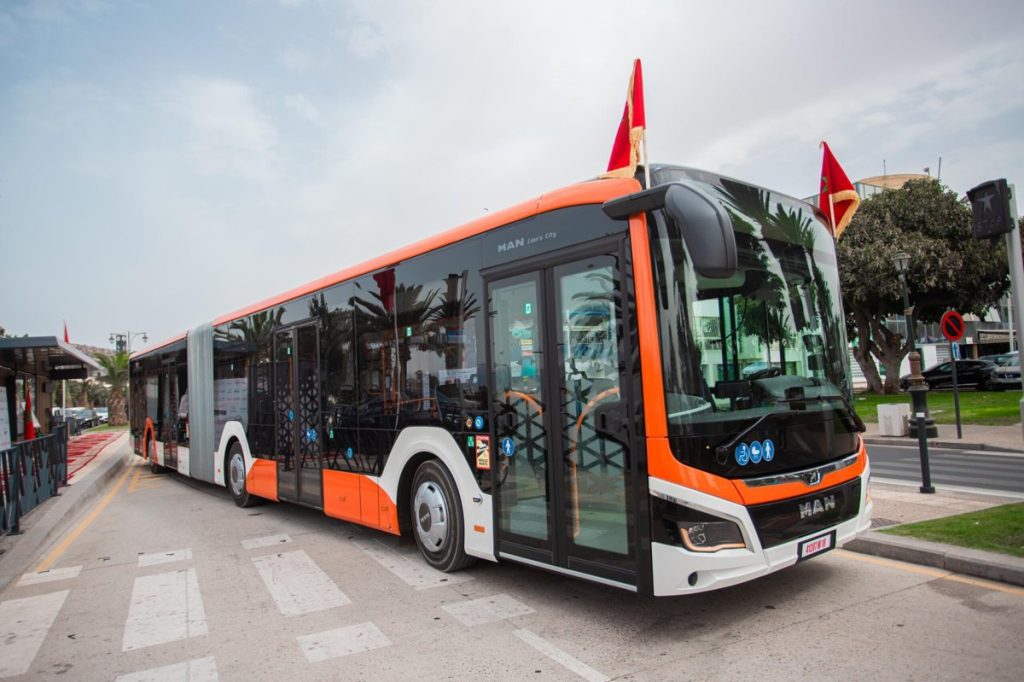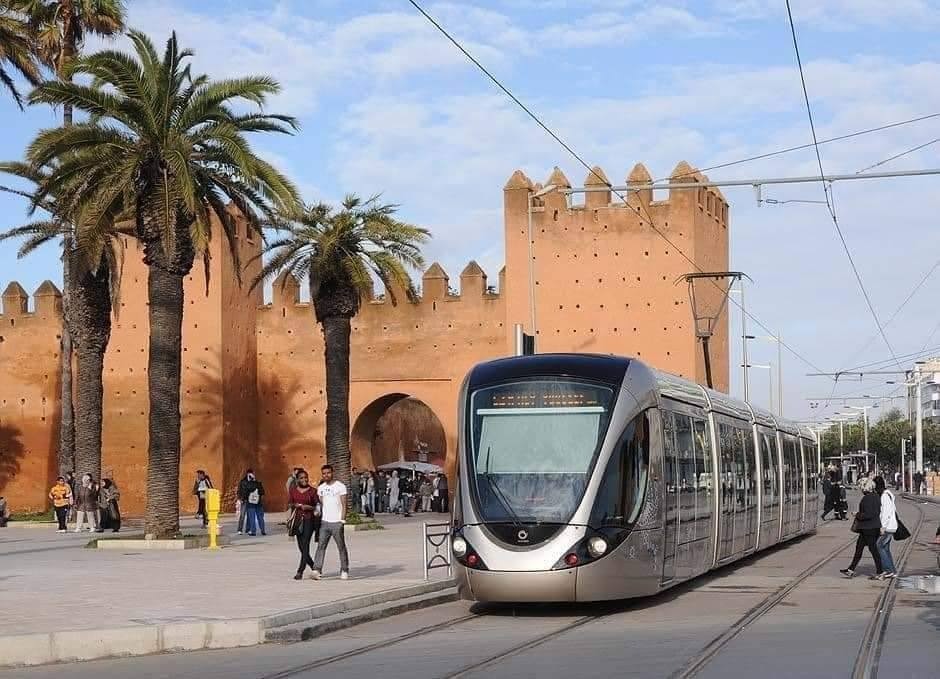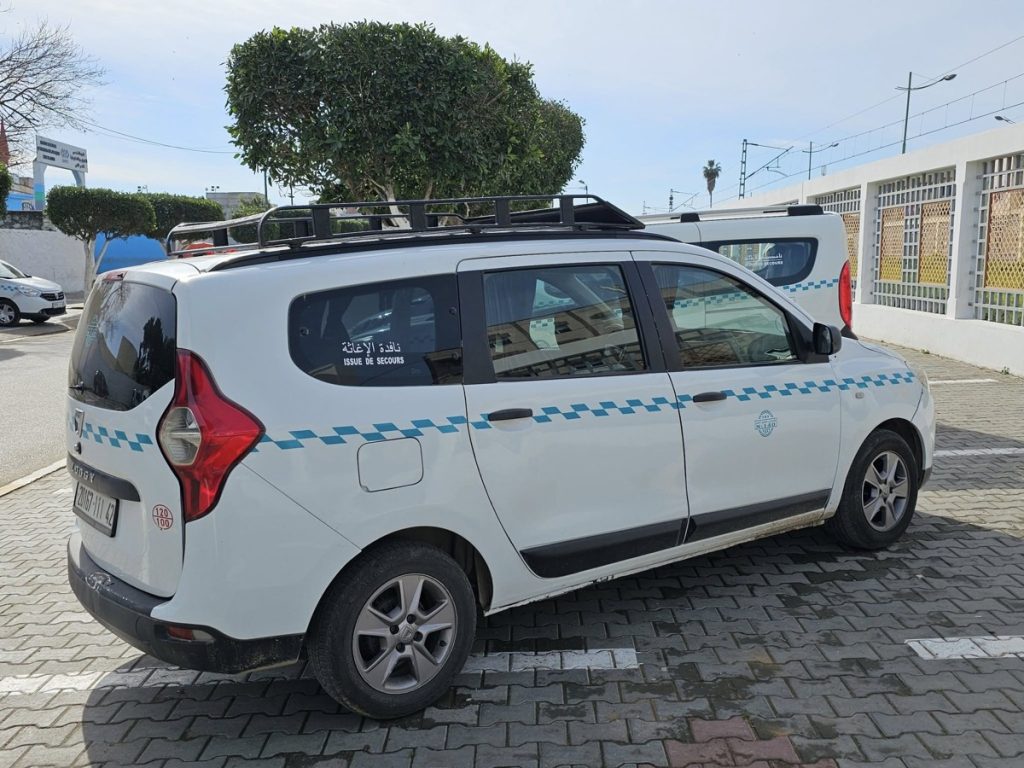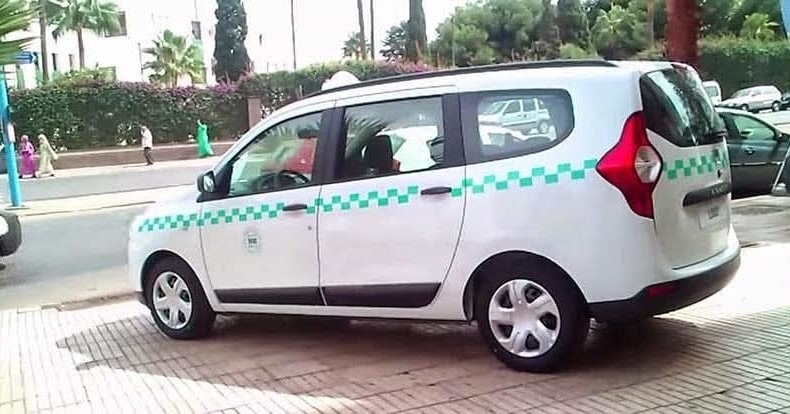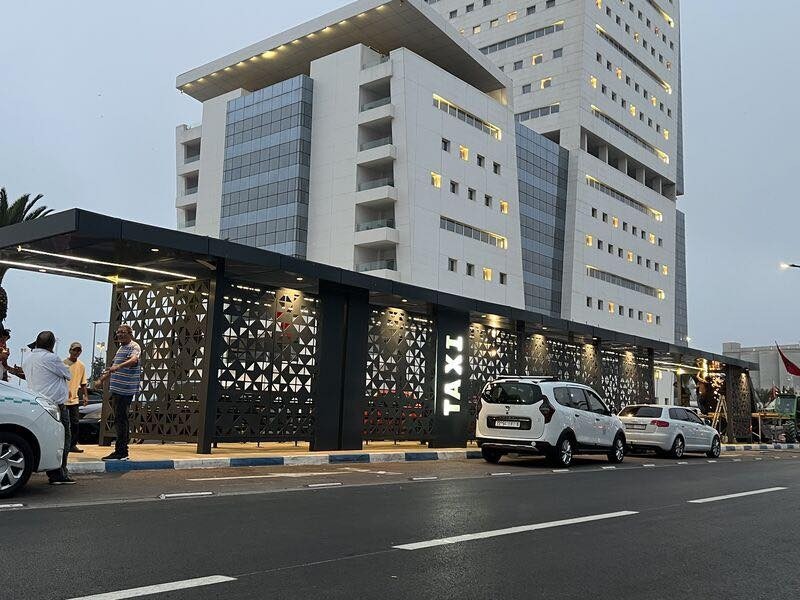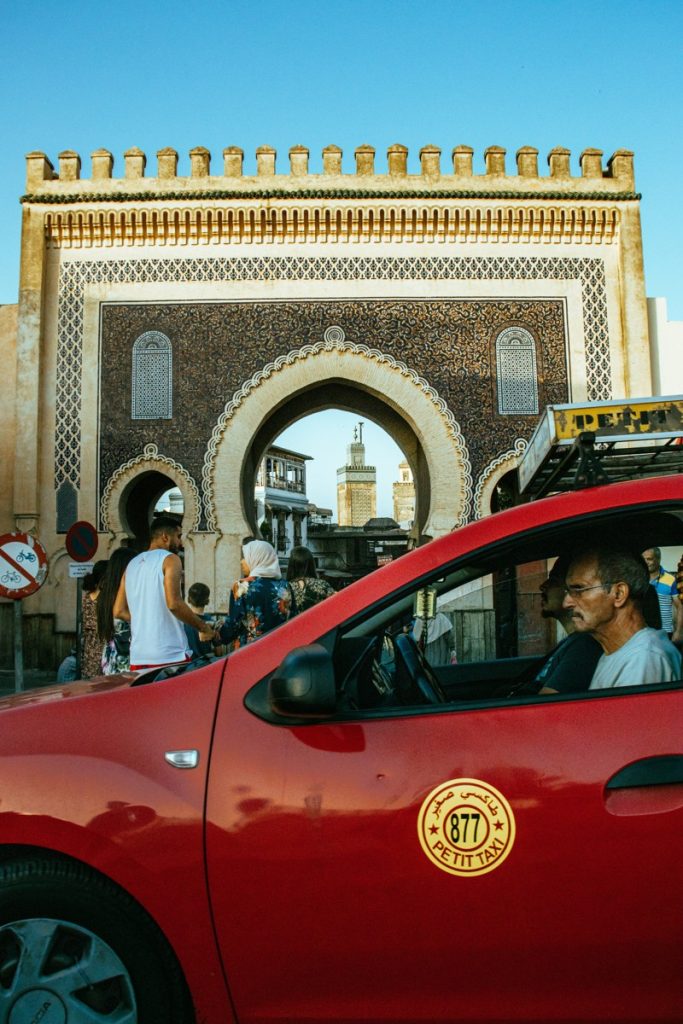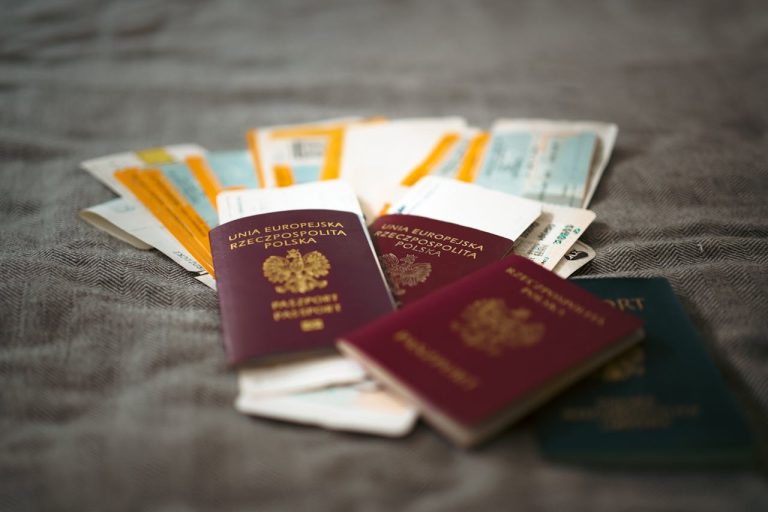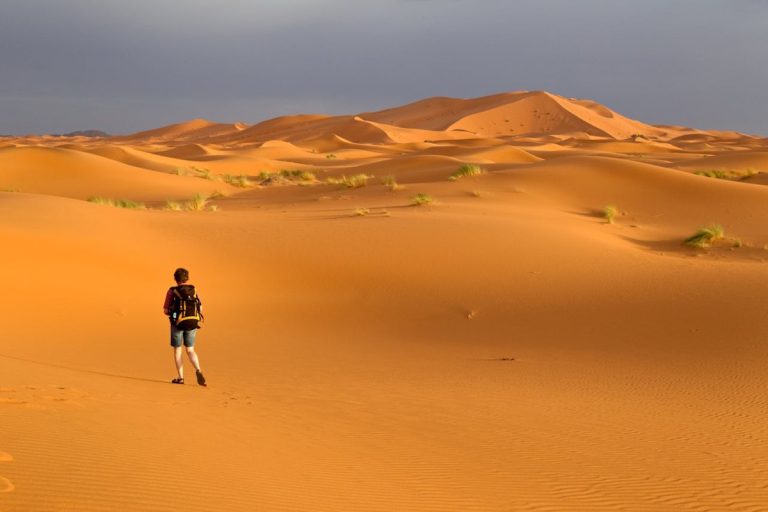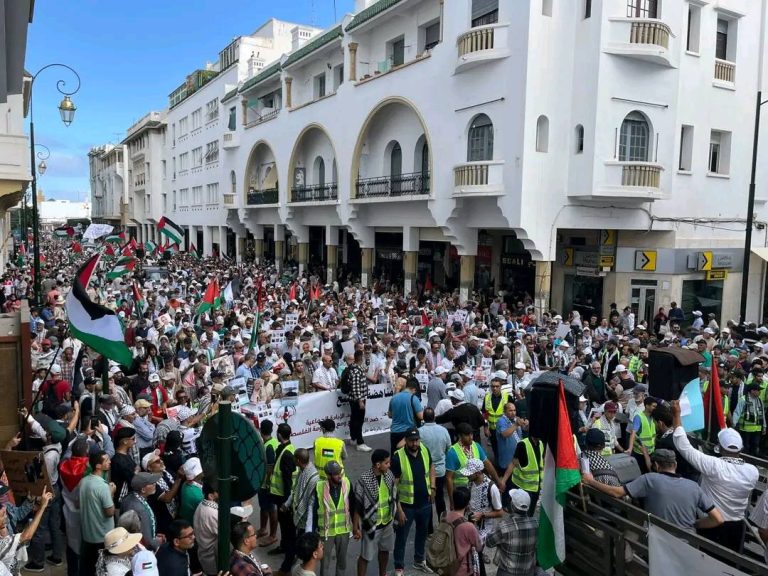How to Get Around Morocco: Your Complete Transport Guide
How to Get Around Morocco involves more than just catching the right train or hailing a taxi; it requires understanding the rhythm of a country where modern infrastructure meets traditional travel customs. That’s one of the things that makes exploring this North African gem so exciting. After years of navigating Morocco’s diverse transport landscape, from the gleaming stations of Rabat to the chaotic taxi stands of Marrakech, I’ve learned that getting around here requires equal parts preparation and flexibility.
Let me tell you something most guidebooks won’t—Morocco’s transportation system is far more sophisticated than many travelers expect. We’re talking about Africa’s first high-speed rail network operating alongside centuries-old travel traditions. However, knowing which option to use, when to use it, and how to navigate the quirks of each system can significantly impact the smoothness of your journey and prevent unnecessary stress.
Morocco’s Railway Network: The Crown Jewel
Trains in Morocco are one of the country’s greatest achievements. I’ll admit that when I took the Al Boraq speed train from Rabat to Tangier for the first time, I couldn’t believe I was still in Africa. The Office National des Chemins de Fer (ONCF) is responsible for the national railway system. It has a large network that connects major cities with efficiency that is on par with European standards.
The train system here comes in two distinct flavors. First, there’s the conventional rail network—comfortable, reliable, and remarkably affordable. A journey from Temara to Casablanca, roughly 40 minutes, costs around 35 dirhams (about $3.50). Second, there’s the Al Boraq, Morocco’s pride and joy—a high-speed train that slashes travel time dramatically. Tangier to Rabat? That’s typically a 3.5-hour drive, but the Al Boraq gets you there in 90 minutes flat.
Here’s what you need to know about booking: you can purchase tickets online through the ONCF website or at the station. However—and this is important—if you’re not a resident with a Moroccan bank card, online booking might prove impossible. Yes, it’s frustrating (I’ve been there), which means you’ll likely face the queues at major stations. Let me tell you about the long lines at Rabat’s station, where people cram themselves into cramped spaces, often standing on top of each other. It’s not COVID-friendly, it’s not cold-friendly, it’s just how things work here.
Train stations across Morocco, particularly in cities like Rabat, Casablanca, and Fez, maintain impressively high standards—clean, modern, and well-maintained. But timing matters enormously. Smaller stations, like the one in Temara where I live, stop service around 9 PM, so plan accordingly if you’re traveling at night.
The Al Boraq currently runs from Tangier in the north down through Rabat and Casablanca, and here’s exciting news—they’re expanding the line to Marrakech. Having endured that journey on a regular train during August without air conditioning in a packed carriage, I can tell you this expansion cannot come soon enough. The conventional train to Marrakech takes several hours, and in summer heat, it’s brutal. The expansion will also eventually reach Fez, though exact timelines remain unclear.
First-class versus second-class? On the newer trains, even second class offers excellent comfort—spacious seating, air conditioning, and smooth rides. First class provides extra legroom and quieter carriages, but honestly, for most journeys, second class serves perfectly well. The price difference, usually just a few dollars, might be worth it on longer trips.
Bus Travel: The Budget Champion
Buses in Morocco form the backbone of intercity transport for locals, and with good reason—they’re incredibly affordable. While I haven’t extensively used the bus system myself (having a car now), I’ve observed it enough to understand its appeal and limitations.
The bus system operates on two levels. Local buses within cities handle short distances, often for as little as 5 dirhams, though they pack passengers in uncomfortably tight, especially during rush hours. Observing crowds of that nature fosters my appreciation for alternative transportation methods, yet buses remain an excellent choice for individuals seeking to economize or engage in authentic local experiences.
Intercity buses operate from dedicated stations—large terminals like the one near where I live in Rabat—with more comfortable coaches connecting major cities. Companies like CTM and Supratours maintain modern fleets with air conditioning and reasonable comfort levels. However, expect frequent stops. On routes where trains don’t run, like to Chefchaouen, buses become necessary. These journeys stretch longer than you’d expect—drivers stop for prayer calls, lunch breaks sometimes extending to half an hour. It pads out travel time significantly, but it’s part of the Moroccan travel experience.
Bus travel costs considerably less than trains, but comfort and time efficiency suffer. A journey that takes two hours by train might take four or five by bus. Still, for certain routes and tight budgets, buses provide reliable service.
Tramways: Urban Rail Solutions
The tramway systems in Rabat and Casablanca offer another dimension to urban mobility. I believe Tangier has one too, though I haven’t verified that personally. These modern tram systems connect different neighborhoods to the city center. They run on fixed schedules and have their own tracks.
Riding the tramway costs around 6 dirhams (60 cents), making it absurdly cheap by international standards. The trams themselves are clean, modern, and efficient—when they’re not packed. I rode one in Casablanca during rush hour once, and that sardine-tin experience convinced me to check schedules more carefully afterward.
The network is expanding—Temara, my neighborhood, will soon have tram service, which should ease connections to central Rabat considerably. However, from a tourist perspective, tram routes might not reach many attractions directly. They are mainly useful for getting from rail stations to city centers or for connecting residential areas with business districts.
Taxis: Navigating Morocco’s Most Complex Transport
In Morocco, taxis have their set of regulations, traditions, and possible annoyances. Unlike confused travelers, confident ones know the different taxi types and how they work.
First, you have the colored petit taxis—each city has its color (Rabat’s are blue, Casablanca’s are red, for example). These small taxis cannot legally leave their city limits. They operate on meters—always, always check that the meter is running when you get in. This feature is crucial. Some drivers “forget” to turn it on, hoping to negotiate higher fares afterward.
The attractive aspect of petite taxis is their affordability. They’re incredibly cheap. An eight-minute ride might cost 12-15 dirhams ($1.20-$1.50). What’s frustrating about these taxis? They operate as shared taxis. A driver can pick up additional passengers heading roughly the same direction, which means you might not go directly to your destination, or you’ll make detours dropping others off first.
If you’re the first passenger and the taxi is empty, you’ve got better odds of going exactly where you want. The driver decides whether your destination suits him—if it’s too far or in an inconvenient direction, he might refuse. This aspect isn’t personal; it’s just how the system works. Getting around Morocco means accepting certain inefficiencies as part of the cultural fabric.
Then there are the grand taxis—typically white Mercedes from the 1980s that operate on longer routes between cities. These shared taxis wait at designated stands, leaving only when full (usually six passengers—three in front, three in back, packed tight). They’re faster than buses but less comfortable than trains, occupying a middle ground in Morocco’s transport hierarchy.
Taxi drivers generally don’t speak English, and many don’t speak much French either. Having your destination written in Arabic or being able to pronounce it clearly in Darija helps enormously. Google Maps can assist, but showing addresses sometimes confuses drivers who navigate by landmarks rather than street names.
Grand taxis charge fixed rates per seat, established by local custom rather than meters. You can sometimes negotiate to pay for multiple seats to have more space, though this obviously increases costs. For routes without train service, grand taxis offer the fastest option.
One thing I must emphasize: always have small bills. Drivers rarely have change or claim they don’t, which can lead to awkward negotiations. Keep 10 and 20 dirham notes handy for tipping and exact fares.
Ride-Sharing Apps: The Controversial Option
Despite operating in Morocco, InDrive and Careem remain in a state of legal uncertainty. InDrive is especially controversial because it lacks an official license, and taxi drivers sometimes react violently against its drivers, viewing them as unfair competitors who are stealing their business.
Why mention it then? Because for foreigners who don’t speak Arabic or French, InDrive solves several problems. You see the price upfront, eliminating negotiation stress. The app handles addresses, removing communication barriers. Drivers generally arrive quickly, and the service costs roughly the same as metered taxis, sometimes less.
I used InDrive extensively when I first arrived and spoke virtually no Darija. It provided independence when I desperately needed it. However, be aware of the tensions—traditional taxi drivers have been known to attack or confront InDrive drivers. Residents are hoping for legislation that will protect the livelihoods of traditional taxi drivers while legalizing ride-sharing, as the matter remains unresolved.
Careem operates similarly, though I have less personal experience with it. Both apps work like Uber—request a ride, see the price, track your driver’s arrival, and pay through the app or cash.
Should you use these services? That’s your decision. They are popular and practical, particularly for tourists and expats, but being aware of the debate enables you to make wise decisions.
Domestic Flights: For Longer Distances
While not extensively covered in typical transport discussions, domestic flights in Morocco deserve mention for travelers with limited time. Royal Air Maroc operates flights between major cities—Casablanca, Marrakech, Agadir, Tangier, Fez, and others.
If you have a limited time, flights make sense for trips like Marrakech to Tangier, where traveling by land takes more than eight hours. Seasons affect prices, but if you book ahead, they can be surprisingly affordable. Sometimes, low-cost airlines run promotions that make the cost of flights comparable to that of trains.
However, unless you’re traveling to more distant cities like Dakhla in the south or are under time pressure, flights are rarely required due to Morocco’s excellent train network and relatively compact geography.
Car Rentals: Freedom with Complications
Renting a car in Morocco offers unmatched flexibility—you can explore at your own pace, visit remote areas where public transport doesn’t reach, and avoid crowded buses and shared taxis. Having bought my own car after living here over a year, I can confirm that independent driving opens up Morocco in ways public transport cannot.
However, driving here comes with challenges. Moroccan driving culture is… assertive. Rules exist more as suggestions, lane discipline is optional, and you’ll encounter everything from donkey carts to speeding Mercedes sharing the roads. In cities, parking is scarce and usually requires tipping attendants watching your vehicle.
International rental companies operate at airports and major cities. You’ll need an international driving permit alongside your regular license. Insurance is mandatory—don’t skimp on coverage. Roads between major cities are generally excellent, modern highways with tolls (bring cash for toll booths). However, rural roads vary dramatically in quality.
Getting around via rental car works best if you’re comfortable with aggressive driving environments and can navigate without relying entirely on GPS, which sometimes leads astray in older medina areas or rural regions.
Practical Tips for Every Mode of Transport
Transportation in Morocco requires cash—always carry sufficient dirhams in small denominations. Credit cards work at train stations and larger bus terminals, but taxis, street parking attendants, and many local services demand cash.
Download offline maps before traveling. Cell service can be spotty in rural areas, and data plans might not work everywhere. Having Google Maps offline ensures you’re never completely lost.
Learn basic Darija phrases: “Shhal?” (how much?), “Yemken?” (maybe/can you?), “B’shwiya” (slowly), and “Yallah” (let’s go). These small efforts earn respect and help negotiations.
Traveling in Morocco means accepting that schedules are approximate. Taxis may refuse fares, trains may delay, and buses may depart when they are full. It would be advisable to incorporate a buffer period in your itinerary, as rushing to meet Moroccan transportation deadlines can increase stress levels.
Safety-wise, Morocco’s transport is generally secure. Petty theft exists, particularly on crowded buses or trains, so guard belongings carefully. Keep valuables close, use bags with zippers, and stay aware in busy stations.
Women should take the usual safety precautions when traveling alone. In general, petite taxis are safe, but for extra security and tracking at night, I advise using ride-sharing applications. Buses and trains are fine—I’ve had female friends travel all over Morocco by themselves without any problems other than the odd unwanted attention that is usually dispelled by firm but courteous responses.
Understanding Transport Culture
Morocco’s transport culture reflects its broader social dynamics—communal, negotiable, and operating on a different time perception than Western societies. Is it typical for a grand taxi to take 45 minutes to fill up? That’s normal. Is the bus driver taking an extended lunch break? Expected. Is it standard practice for the taxi driver to refuse your destination because it is inconvenient? Standard practice.
Frustration comes from fighting these realities. Acceptance—and planning around them—transforms potential annoyances into cultural experiences. The secret is to remain adaptable while putting limits on blatant attempts to overcharge or mislead.
Tipping is not required, but it is customary. Tipping train porters who assist with bags (5–10 dirhams), rounding up taxi fares, and giving parking attendants small amounts (2–5 dirhams) all facilitate interactions and demonstrate respect.
Seasonal Considerations
Morocco’s transportation system experiences dramatic seasonal variations. Summer (June-August) sees peak tourist traffic—trains and buses fill up, advance booking becomes essential, and prices sometimes increase. Heat makes non-air-conditioned transport genuinely miserable.
Ramadan affects everything. Transport runs on modified schedules, drivers fast all day (imagine being hungry, thirsty, and worn out while driving), and the pace of everything slows. Breaking fast at sunset means roads are empty for 30 minutes, then become chaotic as everyone hits them simultaneously.
Winter (November-February) is actually ideal for transport—fewer tourists, comfortable temperatures, and normal operations. However, mountain roads can become treacherous with snow or ice.
Regional Variations
Northern Morocco—Tangier, Tetouan, and Chefchaouen—has excellent bus connections but limited train service. The Al Boraq reaches Tangier, but beyond that, buses dominate.
Central Morocco—Rabat, Casablanca, and Fez—enjoys the best infrastructure. Multiple transport options overlap, competition keeps prices reasonable, and services run frequently.
Southern Morocco—Marrakech, Agadir, and the Sahara—relies heavily on buses and grand taxis. Train service to Marrakech exists, but beyond that, you’re looking at longer bus journeys or domestic flights.
Accessibility Considerations
For visitors with mobility impairments, Morocco’s transportation system is not very accessible. Smaller train stations lack ramps and elevators, but larger stations do. Buses require a steep stair climb. Taxis are low cars requiring flexibility to enter and exit.
The Al Boraq high-speed train offers the best accessibility—level boarding, spacious seating, and accessible toilets. More recent tram systems also offer better accommodations. However, a significant part of Morocco’s transportation infrastructure predates modern accessibility standards.
Budget Breakdown
To help plan your Morocco transportation budget, here’s realistic pricing:
- Local petit taxi rides: 10-25 dirhams ($1-2.50)
- Intercity grand taxi per seat: 50-100 dirhams ($5-10)
- Train, Rabat to Casablanca: 35-45 dirhams ($3.50-4.50)
- Al Boraq high-speed train, Rabat to Tangier: 200 dirhams ($20)
- Bus, major city routes: 100-150 dirhams ($10-15)
- Tramway single ride: 6 dirhams ($0.60)
- InDrive/Careem average ride: 15-40 dirhams ($1.50-4)
Compare these to Western prices, and Morocco’s transport represents extraordinary value. A comprehensive daily transport budget of 100-150 dirhams ($10-15) covers most travelers’ needs generously.
Frequently Asked Questions
The Bottom Line
Getting around Morocco is really about striking a balance between price, comfort, time, and adventure. On major routes, the train system provides the best value, comfort, and speed. Buses are more affordable than trains and can go to places that trains cannot. Taxis offer local flavor and last-mile convenience. Despite their controversy, ride-sharing apps help overcome language barriers.
My advice? When possible, take the train; for short distances, add a petit taxi; for routes without trains, use a grand taxi; and for backups, use InDrive or Careem. Rent a car only if you want the most flexibility and are comfortable driving in difficult situations.
Morocco’s transport diversity means you’re never truly stuck—there’s always another option, another route, another driver willing to take you where you need to go. Sometimes it takes patience, sometimes negotiation, sometimes both. But isn’t that part of the journey’s richness?
After years of negotiating Morocco’s transportation system, I’ve discovered that traveling there teaches more than just geography; it’s about interacting with locals, solving problems patiently, and having faith that you’ll arrive at your destination—even if it’s not exactly how or when you had hoped. And honestly? Those unexpected detours often become the stories you remember most.
References:
ONCF (Office National des Chemins de Fer)—Official Moroccan Railway Website
Personal experience and observations from 1+ years living in Morocco

